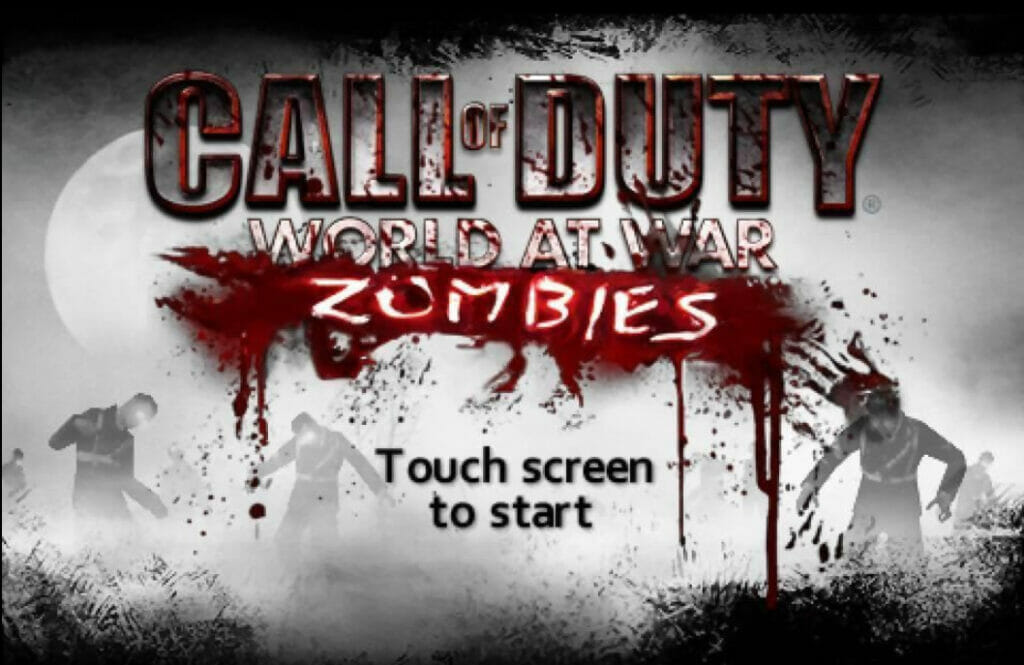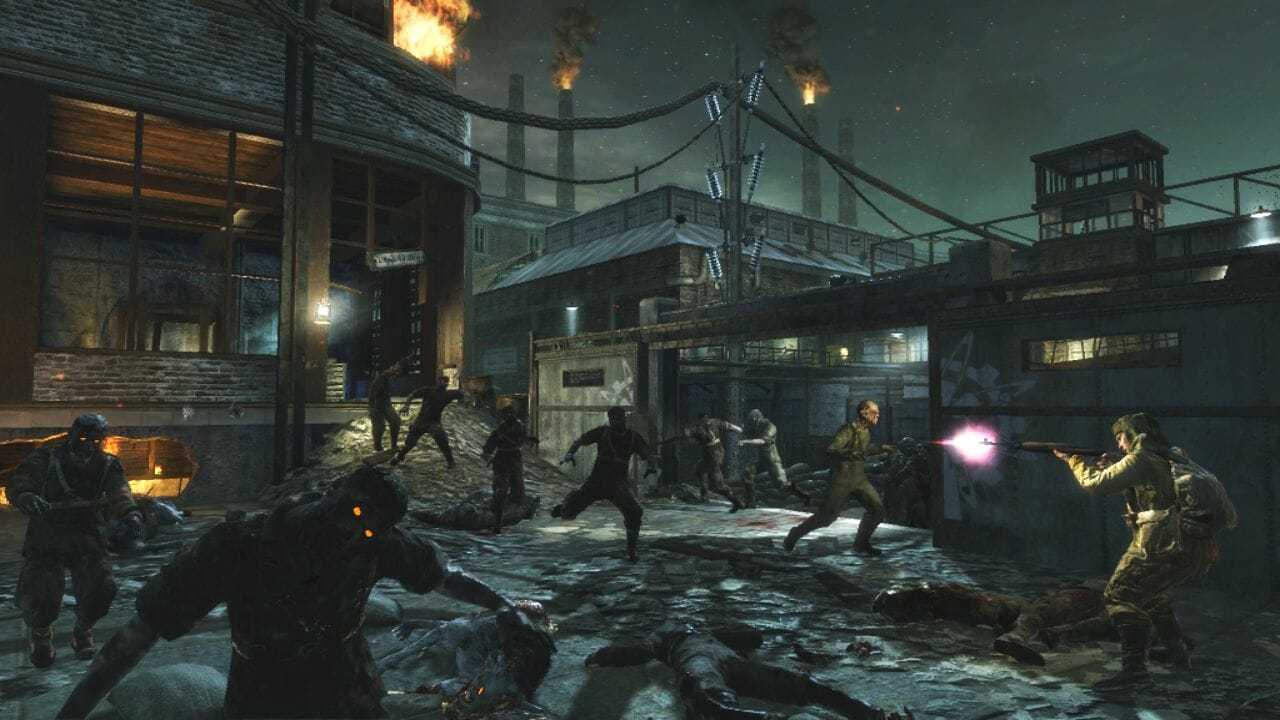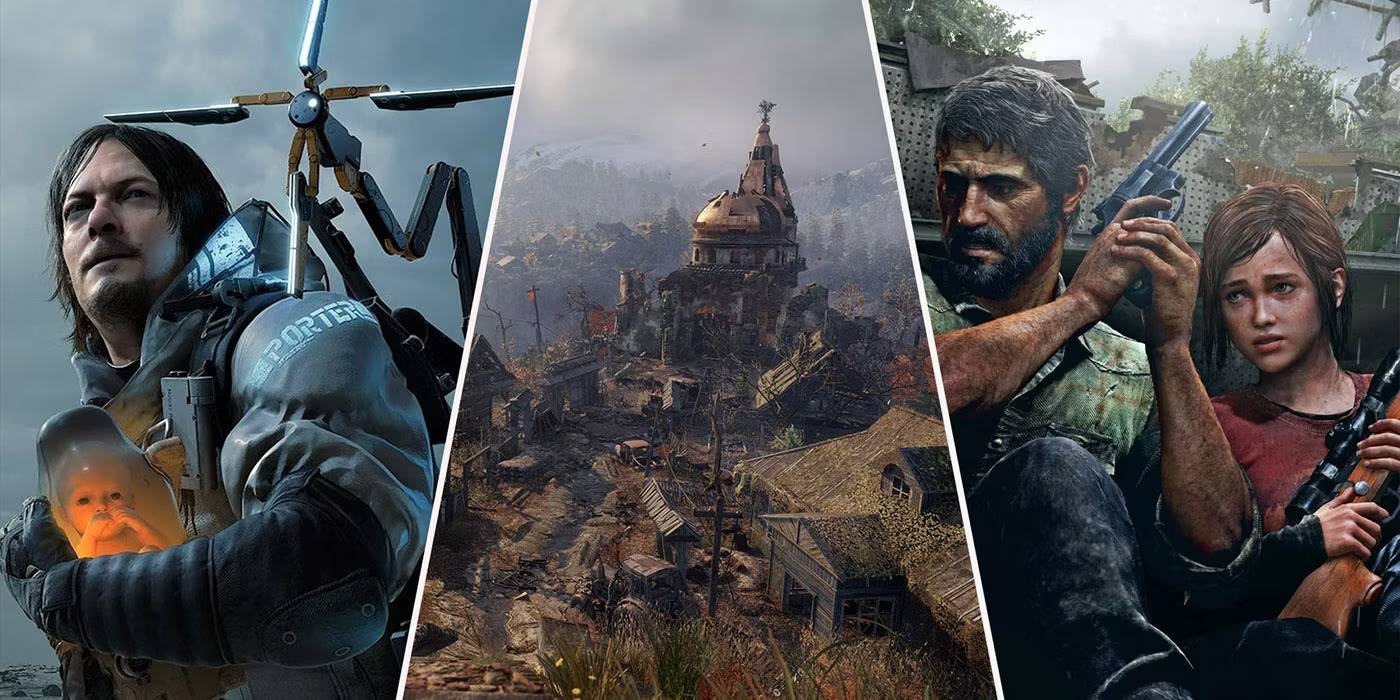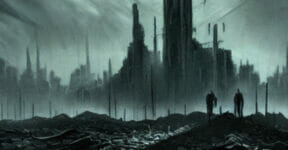Introduction

The world of gaming has seen its fair share of zombie apocalypses, but none have been as iconic and enduring as Call of Duty’s Zombie mode, first introduced in World at War. This game mode has captivated players for years, offering intense survival experiences on a variety of maps. In this blog, we will delve into the world of Zombie maps in Call of Duty Zombies: World at War, exploring their history, gameplay, and the enduring appeal that has kept fans coming back for more.
The Birth of a Genre
Call of Duty: World at War, released in 2008, was developed by Treyarch and published by Activision. While we primarily knew the game for its gritty World War II campaign, it introduced a hidden gem that would become a gaming sensation: the Zombie mode. This mode was initially a secret unlockable, accessible only after completing the campaign. It was on the map “Nacht der Untoten” (Night of the Undead) that players first faced the undead hordes, armed with only their wits and whatever weapons they could scavenge.
The success of Nacht der Untoten laid the foundation for a slew of new maps, each offering unique challenges, environments, and stories. These maps soon became integral to the Call of Duty experience and gave birth to the zombie survival genre within gaming.
Iconic Maps
Nacht der Untoten:
“The Beginning of the End”
Nacht der Untoten, or simply “Nacht,” was where it all began. This map placed players in a derelict World War II-era building, with only a few rooms and narrow hallways to navigate. Its simplicity was part of its charm, offering an unadulterated zombie-slaying experience. The map’s tight quarters and lack of perks and Pack-a-Punch machines made survival a genuine challenge. Players would return to Nacht der Untoten not just for nostalgia, but for the thrill of the original zombie experience.
Verrückt:
“Madness Unleashed”
Verrückt, German for “crazy” or “insane,” took place in an abandoned asylum. This map introduced a new level of complexity with its split layout, forcing players to work together to survive. The addition of Perk-a-Cola machines provided various enhancements, while the Pack-a-Punch machine offered upgraded weapons. The eerie atmosphere and disturbing audio cues kept players on edge, making Verrückt a fan favorite.
Shi No Numa:
“The Swamp of Death”
Shi No Numa transported players to a Japanese swamp. It was the first map to feature unique characters, including the famous “Tank” Dempsey, adding depth to the narrative. The map’s challenges included geysers of water and the Wunderwaffe DG-2, an electrifying wonder weapon. Shi No Numa marked the beginning of the elaborate Easter egg quests that would become a staple of later maps.

Der Riese:
“The Giant Awakens”
Der Riese, German for “The Giant,” was the final map in World at War and a prequel to the other maps in the series. It introduced the Pack-a-Punch machine and teleporters, adding complexity and strategy to the gameplay. This map also featured the first-ever appearance of the iconic “Ray Gun.” Der Riese set the stage for the future of the Zombie mode with its interconnected layout and innovative features.
Enduring Appeal
The popularity of Call of Duty’s Zombie mode in World at War can be attributed to several key factors:
Cooperative Gameplay: Zombie mode encouraged teamwork and cooperation among players, making it a perfect mode for friends to join forces and take on waves of undead horrors.
Easter Eggs: they filled each map with hidden Easter eggs and secrets, rewarding players for exploration and adding an element of mystery and excitement to every play-through.
Weapon Variety: The mode featured a wide range of weapons, from classic firearms to fantastical wonder weapons like the Ray Gun and Thundergun, ensuring that every pull-through felt unique.
Nostalgia: For many players, revisiting these maps evokes nostalgia and fond memories, making them a beloved part of gaming history.
Community Engagement: The Zombie mode fostered a vibrant online community of players who shared strategies, Easter egg discoveries, and high-score achievements, enhancing the overall experience.
In conclusion, Call of Duty’s Zombie mode in World at War has left an indelible mark on the gaming industry, captivating players with its thrilling survival experiences and iconic maps. Whether you’re revisiting these classic maps or discovering them for the first time, the undead hordes of World at War continue to beckon players into a world of suspense, strategy, and relentless action.
Other things you might want to know:
What was the inspiration behind the creation of Zombie mode in Call of Duty: World at War?
Treyarch’s development team initially conceived zombie mode as a side project. It drew inspiration from classic horror films and the idea of a cooperative survival mode where players faced hordes of undead enemies. The success of Nacht der Untoten prompted the team to expand the mode, leading to the creation of subsequent maps.
How have the Zombie maps evolved in later Call of Duty titles?
The Zombie mode has continued to evolve in later Call of Duty titles, with new maps, characters, and storylines. Each installment introduced unique gameplay elements, Easter eggs, and challenges, keeping the mode fresh and exciting for returning players.
Are there any plans for future Zombie mode content in the Call of Duty franchise?
As of my last knowledge update in September 2021, there were no official announcements regarding future Zombie mode content in the Call of Duty franchise. However, given the enduring popularity of the mode, it’s possible that new content or iterations may have been introduced in later releases. Be sure to check official sources and the latest updates from the Call of Duty team for any news regarding the Zombie mode.
Check out other articles by month:







